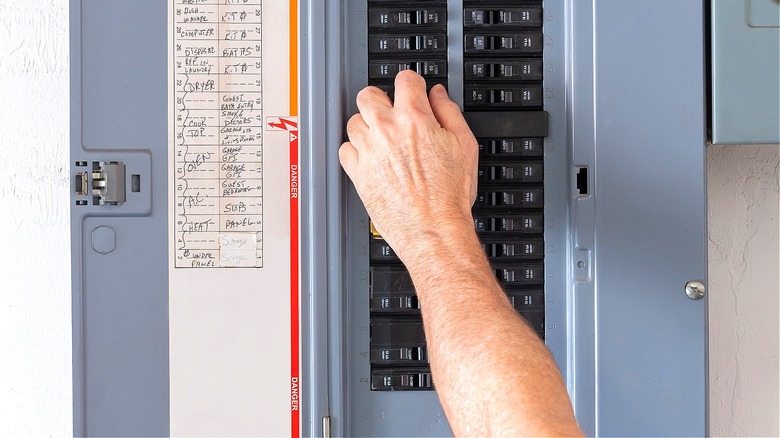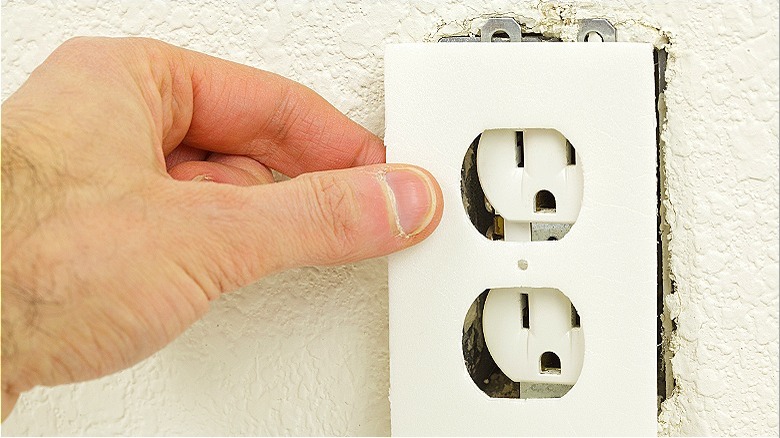Use This Genius Trick To Always Know Which Circuit Breakers Control Your Outlets
Keeping tabs on your electrical system can be streamlined with a simple but effective trick: labeling the inside of your electrical outlet and switch plate covers to correspond with their respective circuit breakers. This practice serves multiple essential functions that simplify maintenance and enhance safety. First and foremost, safety is considerably improved when you know which circuit breaker is connected to a specific outlet or switch. If an issue requires you to cut power to a particular area, swiftly identifying and flipping the correct circuit breaker mitigates the risk of electrical hazards. This is particularly crucial in emergencies where time is of the essence.
Similarly, knowing this can prove convenient and a time-saver when you need it most, eliminating the need and minutes wasted on possible trial-and-error. Lastly, organizational benefits shouldn't be overlooked. A well-labeled electrical system aids in long-term home maintenance and can be a real asset for homeowners. It makes tracking changes and/or upgrades to your system easier, ensuring that you — or any future resident — can make informed decisions regarding electrical work.
How to label your electrical outlets
Labeling the inside of outlet and switch plate covers with the circuit breaker numbers that control them is a straightforward, valuable practice. First, turn off the power to the circuit you plan to label by switching off the relevant circuit breaker in your electrical panel. This ensures your safety while you work. Then, unscrew and remove the plate cover of the outlet or switch you're labeling. This usually involves removing one or two screws. Once removed, use a permanent marker to write down the circuit breaker number on the inside of the cover. Lastly, reattach the plate cover securely to the wall, and flip back on the circuit breaker in the panel. Repeat these steps for every outlet and switch you wish to label.
A few pro tips can make this labeling process even more effective. Along with using a permanent marker, it's important to write legibly. A clear, easy-to-read number is crucial, especially in emergencies. Also, remember to label the circuit breaker panel in addition to the covers for an at-a-glance reference of your home's entire electrical layout. It's true that a well-labeled electrical panel already tells you which circuit breaker turns off which outlets and switches in an area of a home, but the labeling is broader, typically corresponding to a room or appliance like a washer/dryer or furnace and A/C. Finally, use a circuit breaker finder, if needed. If you're unsure which circuit corresponds to a particular outlet or switch, this tool can help identify it quickly.

